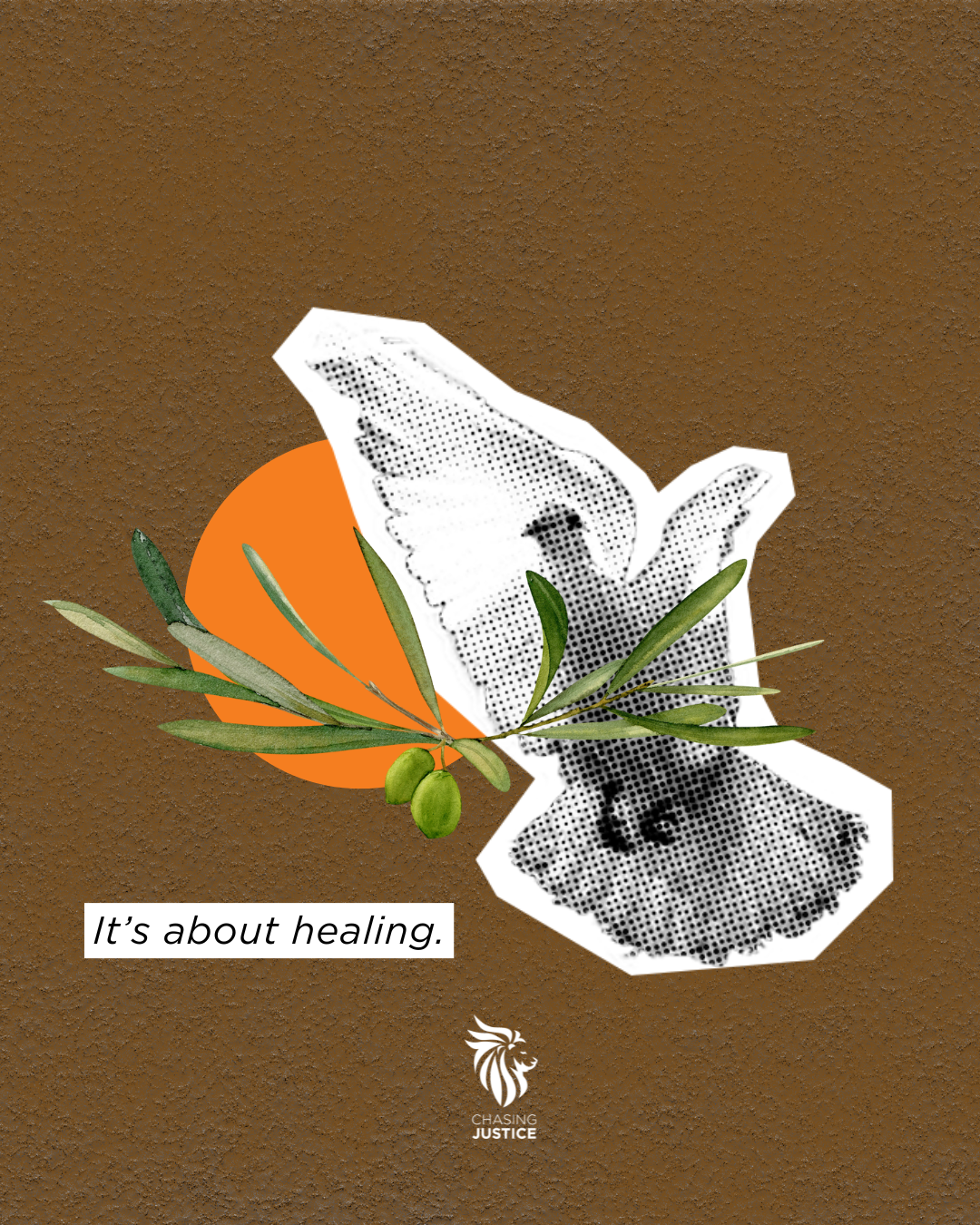In New Orleans, on the last day of our artist-activist retreat, black girls cried in a circle. For themselves. And for each other.
The Beauty and Resistance cohort had gathered artists from all walks of life—vocalists, visual artists, writers—united not by medium, but by mission. These were creators wrestling with how to be prophetic voices in a world that is aching. Not as artist-saviors, but as whole people—deeply in touch with their own souls and with the Creator of those souls. A Creator who, even amid the chaos, is making something new.
Artists are truth-tellers. They name what is, while pointing toward what could be. Like Isaiah, they hear God say:“I will even make a way in the wilderness and rivers in the desert.”—Isaiah 43:19
Many of these women juggle multiple jobs just to create the art that calls to them. But this retreat was a holy pause. A reminder that care is part of the work. That tending to the heart is just as prophetic as speaking out.
A Simple Somatic Practice
Sandra led us through a prayer and invited us to listen—really listen—to our bodies.
“Get into a position that describes your last year,” she said.
Eyes closed, we contorted, slumped, reached—our bodies speaking what words couldn’t.
“Now, shift into the position you want to begin the next year in.”
Some ended up sprawled in full rest. Others stood. Some sat, finally comfortable.
Story after story revealed how much everyone was carrying. How healing it was to simply feel. To sit with the quiet place inside that often gets buried beneath the pressure to care for others, to keep going, to stay strong. To listen to the heartbeat of our humanity, and to be in touch with the depth of God’s Spirit there.
When was the last time you sat in a quiet room and listened to your body?
What would it look like to thank your body—for surviving, for carrying you through?
Sandra shared about limping through life, not realizing it—because she had long ignored her own needs
In this Lenten season, as we reflect on the bodily ministry of Jesus, we remember:
Before he suffered, he healed.
He touched the hurting
He withdrew to be with God.
He tended to the body—his own and others.
Isaiah 58 says:
“Is not this the kind of fasting I have chosen… to not turn away from your own flesh and blood?”
Too often we think fasting is about elimination—giving something up.
But maybe, like the women in that circle, God is inviting us to take something back.
To reclaim our bodies.
To reclaim rest.
To make space for the Spirit to speak—not just through our words, but through our limbs, our breath, our stillness.
We let go so that we can reclaim the things that we’ve abandoned, including ourselves.
This is the work ahead of us:
To be courageous, creative, and subversive.
To tell the truth.
To invite others into justice and rest.
To shape a more beautiful world—through the stories we tell and the lives we live.
Lent is a call to repentance—which, in its truest form, means to turn around. At the retreat, artists were invited to turn back toward themselves. Their bodies. Their needs. The quiet voice of God within them.
Just as Jesus withdrew into to face himself and commune with the Divine, these artists entered a space where they could finally listen to what had been ignored.
We often rush to the suffering of the cross, but Jesus’ bodily ministry began with healing. He touched people, saw them, restored them.
Lent is not only about what we sacrifice, but about how we make room for restoration.
Ask Yourself:
Spend some time listening to your body. Not necessarily writing down or thinking, but moving and taking stock of what you feel inside your body.
- What’s a posture has your body been holding?
- What would release feel like?
- What would restoration look like?
- What healing posture does Jesus have for you?








